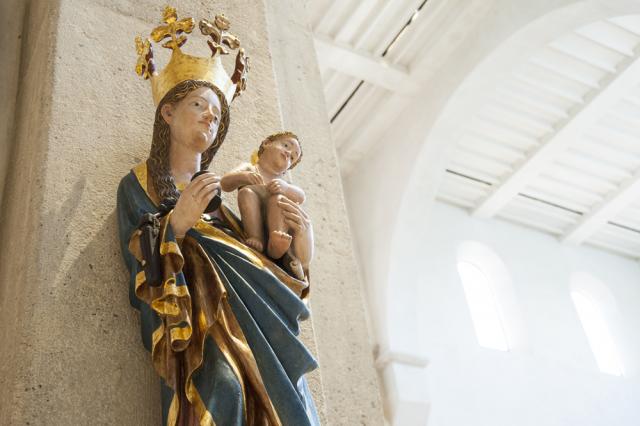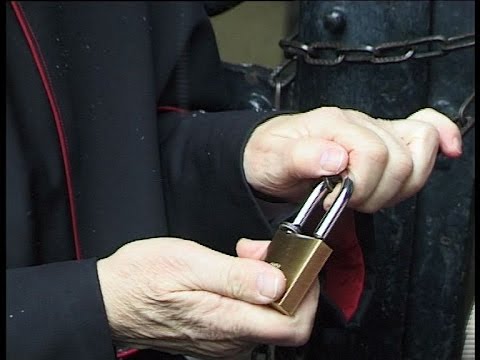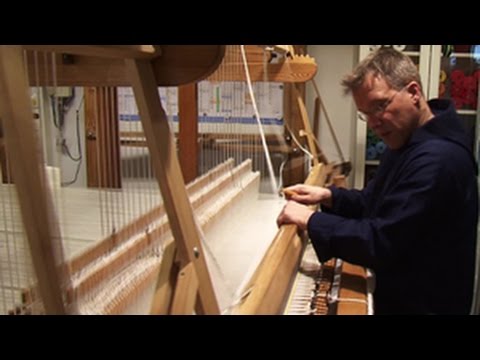Ancient world heritage in a new light
The Hildesheim Cathedral was closed to the public for over four and a half years. With the impending 1200-year diocesan jubilee approaching in 2015, the Romanesque episcopal church has been extensively renovated and remodelled. On 15th August 2014, the wings of Bernward’s Door and the other entrances will be opened wide for the first time to welcome the people of Hildesheim and their guests.
Up until summer 2014, Hildesheim played host to Germany's largest church construction side. Since it's closure in January 2010, the Cathedral has been completely gutted, and then renovated and remodelled from scratch from the inside out. The Cathedral's exterior, too, has been redesigned. In addition, new spaces have been created in the immediate vicinity of the Cathedral for the Hildesheim music and the new museum.
Renovating the Cathedral had become an urgent and necessary task: during the air strike on Hildesheim on 22 March 1945, the episcopal church had been almost entirely destroyed. No further alterations had been made to the Cathedral since its reconstruction during the 1950s. There was damage to remove; temporary building fixtures that had become permanent ones to be replaced; and the UNESCO World Heritage Cathedral needed to be redesigned for the modern era without detracting from its character.
Archaeological discoveries made on the Cathedral grounds
The archaeologists took the opportunity to carry out long anticipated research on the Cathedral grounds and within the Cathedral itself. They made many surprising discoveries, and were also able to confirm various research findings and theses.
The most striking alteration was made within the interior of the Cathedral: the sacred space now feels much brighter and more spacious following the redesign as developed and executed by the Cologne-based Schilling Architekten architectural firm, together with the Hildesheim Cathedral chapter as building project organiser. The outstanding art treasures, too, that form part of the permanent display at the Cathedral, and that are some of the most significant mediaeval artworks in the world today, now have a much greater impact. For the first time, the legendary thousand-year-old rosebush can be seen from inside the Cathedral, via a window in the apse of the crypt. The rosebush plays a key role in the founding legend of the Diocese of Hildesheim by Louis the Pious (778-840).
Almost entirely destroyed in the Second World War
The history of Hildesheim Cathedral was a chequered one from the outset. Earlier buildings were destroyed by conflagrations and wars several times over, and the House of God was remodelled by bishops to suit their particular requirements; many buildings were even torn down entirely and rebuilt. The first church building was erected on the site – the place of the Rose Miracle in the diocesan legend – in 820 by Bishop Gunthar (tenure from 815–834). Following its almost total destruction in the Second World War, Hildesheim Cathedral was the only one in Germany that had to be rededicated after its reconstruction.
The three holy Hildesheim bishops and diocesan patrons who had the greatest influence on the Cathedral’s history were Altfrid (tenure from 851-874), Bernward (tenure from 993-1022) and Godehard (tenure from 1022-1038). Bernward, in particular, furnished the Cathedral with a rich collection of art treasures, including the double-winged, almost five metre-high Bernward Door and the Christ’s Column.
The Cathedral opening marks the start of the diocesan jubilee
The remodelling of the Cathedral between January 2010 and July 2014 cost a total of 37.2 million euro. The majority of the funding for this came from the public sector, foundations, charities, from the Diocese of Hildesheim’s special reserve funds that had long been earmarked, as well as from private donors, institutes and donors from industry and business.
The reopening ceremony of the Hildesheim episcopal church is due to take place on 15 August 2014, the Feast of the Assumption and the Cathedral’s Patron Saint’s Day. It will involve church and politics, business and society. It will simultaneously herald the start of the Jubilee year of the Diocese of Hildesheim. It bears the motto “A holy experiment – 1200 years of the Diocese of Hildesheim”.





